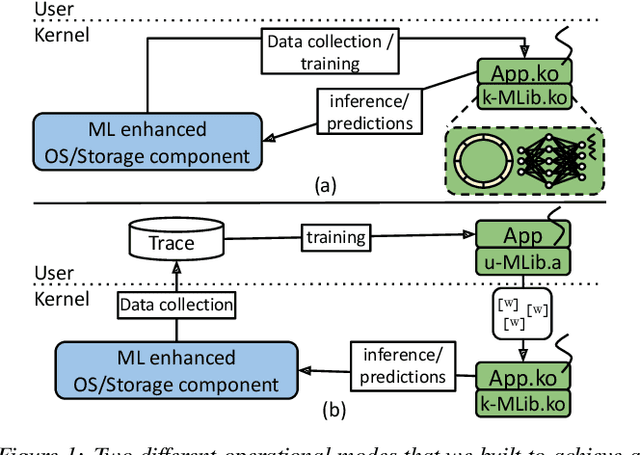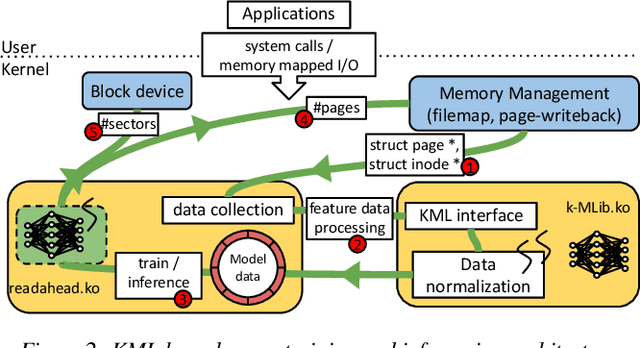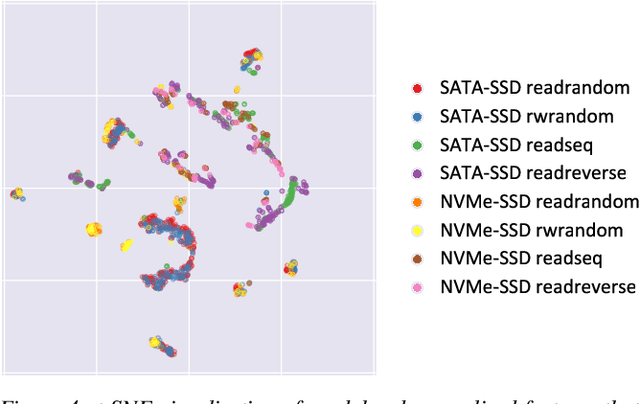Erez Zadok
Smart Starts: Accelerating Convergence through Uncommon Region Exploration
May 08, 2025Abstract:Initialization profoundly affects evolutionary algorithm (EA) efficacy by dictating search trajectories and convergence. This study introduces a hybrid initialization strategy combining empty-space search algorithm (ESA) and opposition-based learning (OBL). OBL initially generates a diverse population, subsequently augmented by ESA, which identifies under-explored regions. This synergy enhances population diversity, accelerates convergence, and improves EA performance on complex, high-dimensional optimization problems. Benchmark results demonstrate the proposed method's superiority in solution quality and convergence speed compared to conventional initialization techniques.
Into the Void: Mapping the Unseen Gaps in High Dimensional Data
Jan 25, 2025Abstract:We present a comprehensive pipeline, augmented by a visual analytics system named ``GapMiner'', that is aimed at exploring and exploiting untapped opportunities within the empty areas of high-dimensional datasets. Our approach begins with an initial dataset and then uses a novel Empty Space Search Algorithm (ESA) to identify the center points of these uncharted voids, which are regarded as reservoirs containing potentially valuable novel configurations. Initially, this process is guided by user interactions facilitated by GapMiner. GapMiner visualizes the Empty Space Configurations (ESC) identified by the search within the context of the data, enabling domain experts to explore and adjust ESCs using a linked parallel-coordinate display. These interactions enhance the dataset and contribute to the iterative training of a connected deep neural network (DNN). As the DNN trains, it gradually assumes the task of identifying high-potential ESCs, diminishing the need for direct user involvement. Ultimately, once the DNN achieves adequate accuracy, it autonomously guides the exploration of optimal configurations by predicting performance and refining configurations, using a combination of gradient ascent and improved empty-space searches. Domain users were actively engaged throughout the development of our system. Our findings demonstrate that our methodology consistently produces substantially superior novel configurations compared to conventional randomization-based methods. We illustrate the effectiveness of our method through several case studies addressing various objectives, including parameter optimization, adversarial learning, and reinforcement learning.
KML: Using Machine Learning to Improve Storage Systems
Nov 22, 2021



Abstract:Operating systems include many heuristic algorithms designed to improve overall storage performance and throughput. Because such heuristics cannot work well for all conditions and workloads, system designers resorted to exposing numerous tunable parameters to users -- essentially burdening users with continually optimizing their own storage systems and applications. Storage systems are usually responsible for most latency in I/O heavy applications, so even a small overall latency improvement can be significant. Machine learning (ML) techniques promise to learn patterns, generalize from them, and enable optimal solutions that adapt to changing workloads. We propose that ML solutions become a first-class component in OSs and replace manual heuristics to optimize storage systems dynamically. In this paper, we describe our proposed ML architecture, called KML. We developed a prototype KML architecture and applied it to two problems: optimal readahead and NFS read-size values. Our experiments show that KML consumes little OS resources, adds negligible latency, and yet can learn patterns that can improve I/O throughput by as much as 2.3x or 15x for the two use cases respectively -- even for complex, never-before-seen, concurrently running mixed workloads on different storage devices.
 Add to Chrome
Add to Chrome Add to Firefox
Add to Firefox Add to Edge
Add to Edge